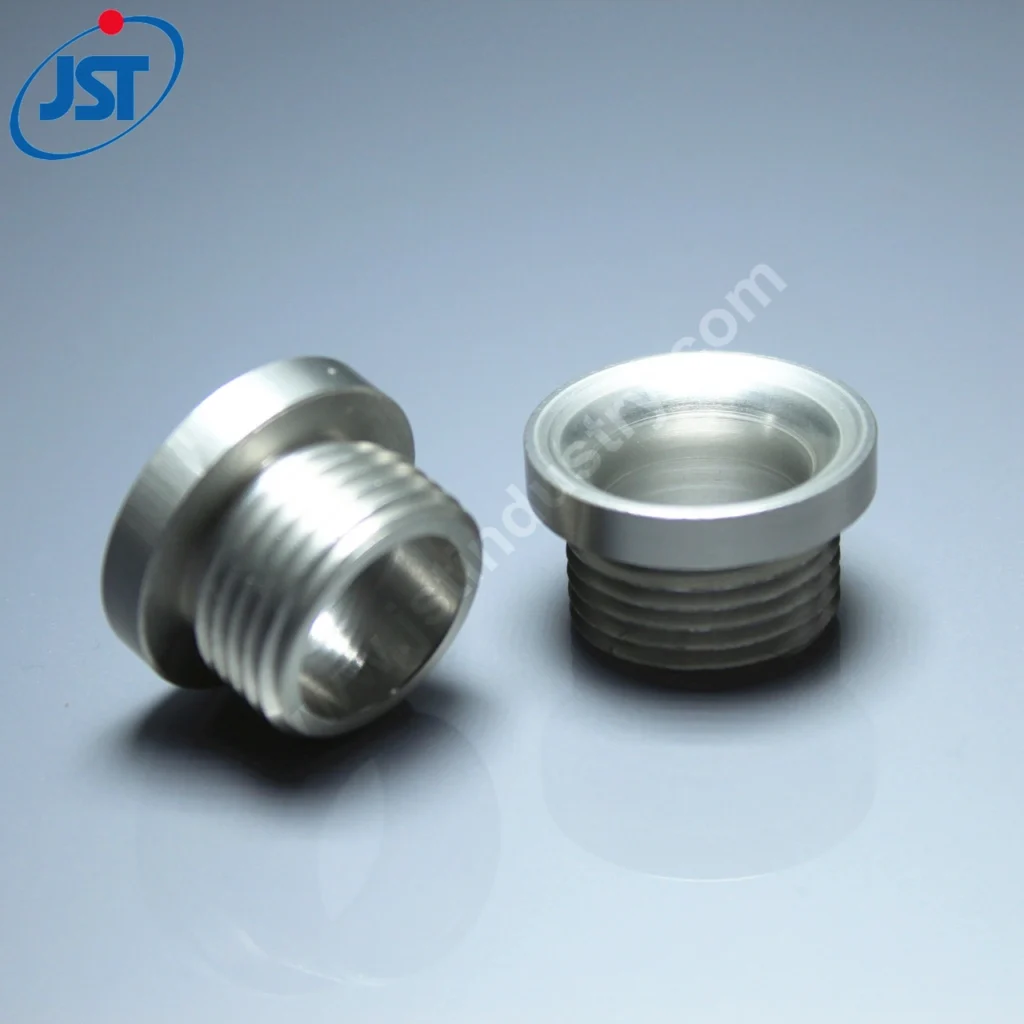In the field of precision manufacturing, aluminum CNC turning parts play a critical role across various B2B industries, from industrial automation to electronics and medical equipment. These components are produced using CNC lathes, where aluminum bars are rotated at high speed and accurately cut into designed shapes through programmable tooling paths. CNC turning has become a preferred method for manufacturers that require repeatability, stability, and a highly efficient production workflow.
Understanding CNC Turning and Why Aluminum Is Advantageous
What Is CNC Turning?
CNC turning is a subtractive manufacturing process where a cutting tool removes material from a rotating workpiece. Unlike manual machining, computer numerical control ensures consistent precision and scalable batch production. This makes it ideal for suppliers and OEMs who rely on stable quality and repeatable production for long-term projects.
In B2B supply chains, CNC turning offers strong compatibility with digital manufacturing processes. Engineering drawings, CAD/CAM programming, and standardized inspection workflows ensure smooth collaboration between buyers and machining suppliers.
Why Choose Aluminum for CNC Turning?
Aluminum is frequently selected because of its favorable material characteristics for machining. It is lightweight, corrosion-resistant, and able to withstand demanding operating environments. Aluminum also reduces machining cycle time compared with harder metals, which directly contributes to lower production costs and faster lead times—key advantages for supply chain managers and procurement teams.
Key Benefits of Aluminum CNC Turning Parts
1. High Precision and Dimensional Stability
CNC turning achieves tight tolerances and stable repeatability, making it suitable for complex parts used in assemblies. B2B buyers often prioritize reliability, especially when the parts are integrated into a critical system.
2. Cost Efficiency and Productivity
Aluminum’s machinability reduces tool wear and cutting resistance during turning. This leads to more efficient production cycles, saving time during both prototyping and high-volume manufacturing. For procurement departments, this translates into predictable unit costs and reduced waste.
3. Lightweight Design for System Optimization
Aluminum CNC turning parts contribute to lighter assemblies, helping OEMs improve operational efficiency in machinery and equipment. Reduced weight offers advantages in product handling, transport savings, and system performance optimization.
4. Corrosion Resistance Enhances Durability
Aluminum naturally resists corrosion. When surface finishing is applied, such as anodizing, the durability of aluminum CNC turning parts increases further. This feature is especially valued in aerospace, medical, and industrial automation environments.

Common Applications of Aluminum CNC Turning Parts (B2B Focus)
Industrial Equipment & Automation
Automation systems require reliable and repeatable components to ensure consistent operation. Aluminum CNC turning parts are commonly found in:
- Sensor housings
- Connector fittings
- Motion system components
Because automation relies on stable structural components, selecting dependable machined parts directly affects equipment performance and efficiency. Aluminum Turning Parts for Machinery are widely used in automation lines due to their balance of strength, lightweight structure, and machining flexibility
Medical & Laboratory Devices
In medical equipment, cleanliness, precision, and reliability are crucial. Aluminum CNC turning parts deliver high dimensional accuracy and a smooth surface finish that meets regulatory expectations for device manufacturing.
Aerospace & Aviation
In aerospace, aluminum components reduce total weight and fuel demands. Precision turning ensures parts maintain consistent performance in demanding environments.
Electronics & Security Systems
Small precision components, such as threaded connectors, fasteners, and housings, benefit from CNC turning’s repeatability. Aluminum’s thermal conductivity also helps manage heat in electronic systems.
How Aluminum CNC Turning Supports Supply Chain Efficiency
Flexible Order Management
Aluminum CNC turning is suitable for proof-of-concept prototypes, trial production runs, and mass production. B2B buyers can start with smaller batches and scale up without process changes.
Shorter Lead Times
Because aluminum machines quickly and efficiently, suppliers can deliver components faster compared with other metals. Shorter lead times simplify procurement planning and reduce inventory pressure.
Smooth Integration with Additional Manufacturing Services
Buyers often require more than simple machining. CNC turning can be combined with:
- CNC milling
- Surface finishing
- Assembly services
This enables a one-stop workflow for product development, reducing multi-vendor coordination.
How to Select a Supplier of Aluminum CNC Turning Parts
Choosing the right partner impacts both supply chain reliability and component quality. The following factors are essential during supplier evaluation:
Engineering and Technical Capability
Look for suppliers with dedicated engineering support, strong design-for-manufacturing (DFM) capacity, and experience working with CAD/CAM software. Early engineering involvement reduces development cycles and minimizes design iterations.
Equipment and Production Capacity
Modern CNC turning facilities equipped with multi-axis lathes deliver stable efficiency and high consistency. In addition, automated measuring systems ensure accurate inspection and quality reports.
Quality Assurance and Certification
Standardized quality systems (such as ISO certifications) demonstrate control over production processes. A reliable supplier should be able to provide documentation such as material traceability, inspection reports, and surface finish verification.
Strong Packaging and Export Experience
For international OEMs, reliable export packaging reduces risk during transportation. Suppliers experienced in global logistics ensure parts arrive safely and efficiently across long shipping distances.

Advantages of Sourcing From an Integrated CNC Machining Factory
Many B2B buyers prioritize working with fully integrated factories instead of trading intermediaries because a factory can provide:
- Engineering advice during product development
- Full machining capability including turning, milling, and secondary operations
- Consistent project tracking and transparent communication
- Flexible support for custom parts and complex assemblies
Factories that offer machining, casting, forging, and plastic injection molding can support diversified sourcing requirements. This consolidation removes the need to manage multiple vendors, lowering communication overhead and procurement risk.
Conclusion
Aluminum CNC turning parts are widely used because of their precision, machinability, durability, and cost efficiency. For B2B buyers, the biggest advantages include:
- Streamlined procurement
- Predictable lead times
- Strong supplier collaboration
- Scalability from prototype to mass production
Selecting a supplier with advanced facilities, reliable engineering support, and international project experience ensures stable long-term cooperation. With the growing trend of lightweight, high-efficiency manufacturing, Aluminum CNC turning parts will continue to play a critical role across industrial and commercial applications.

